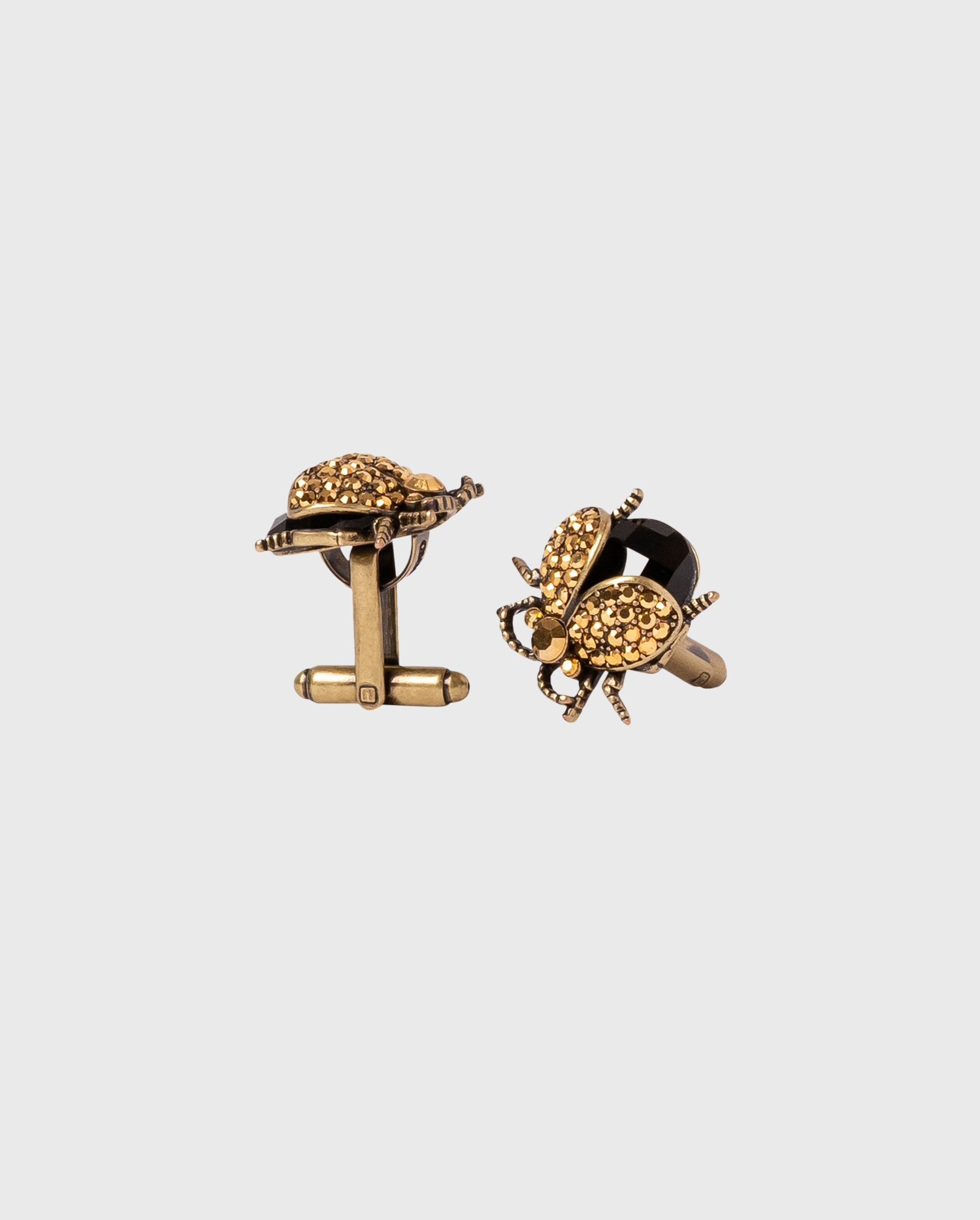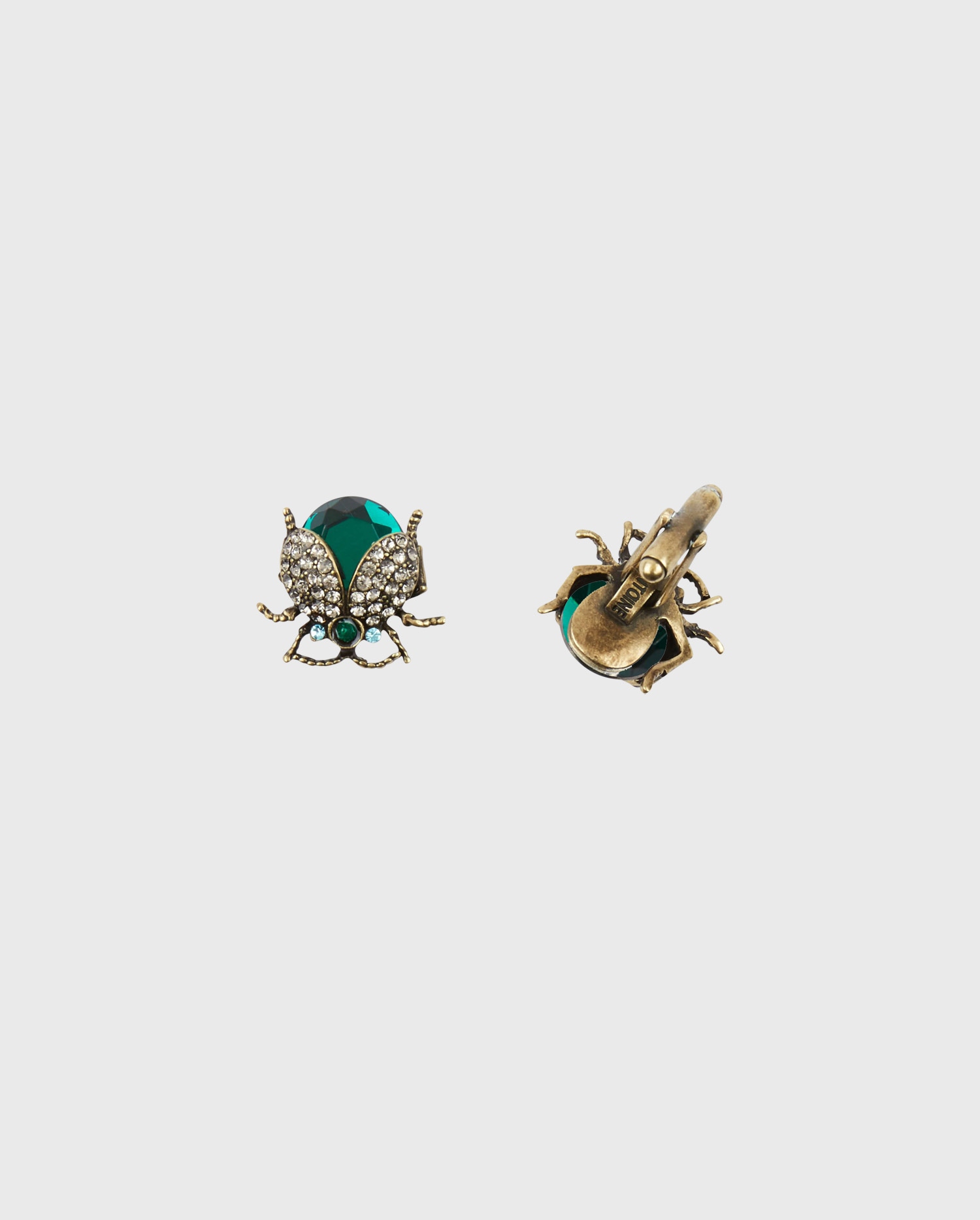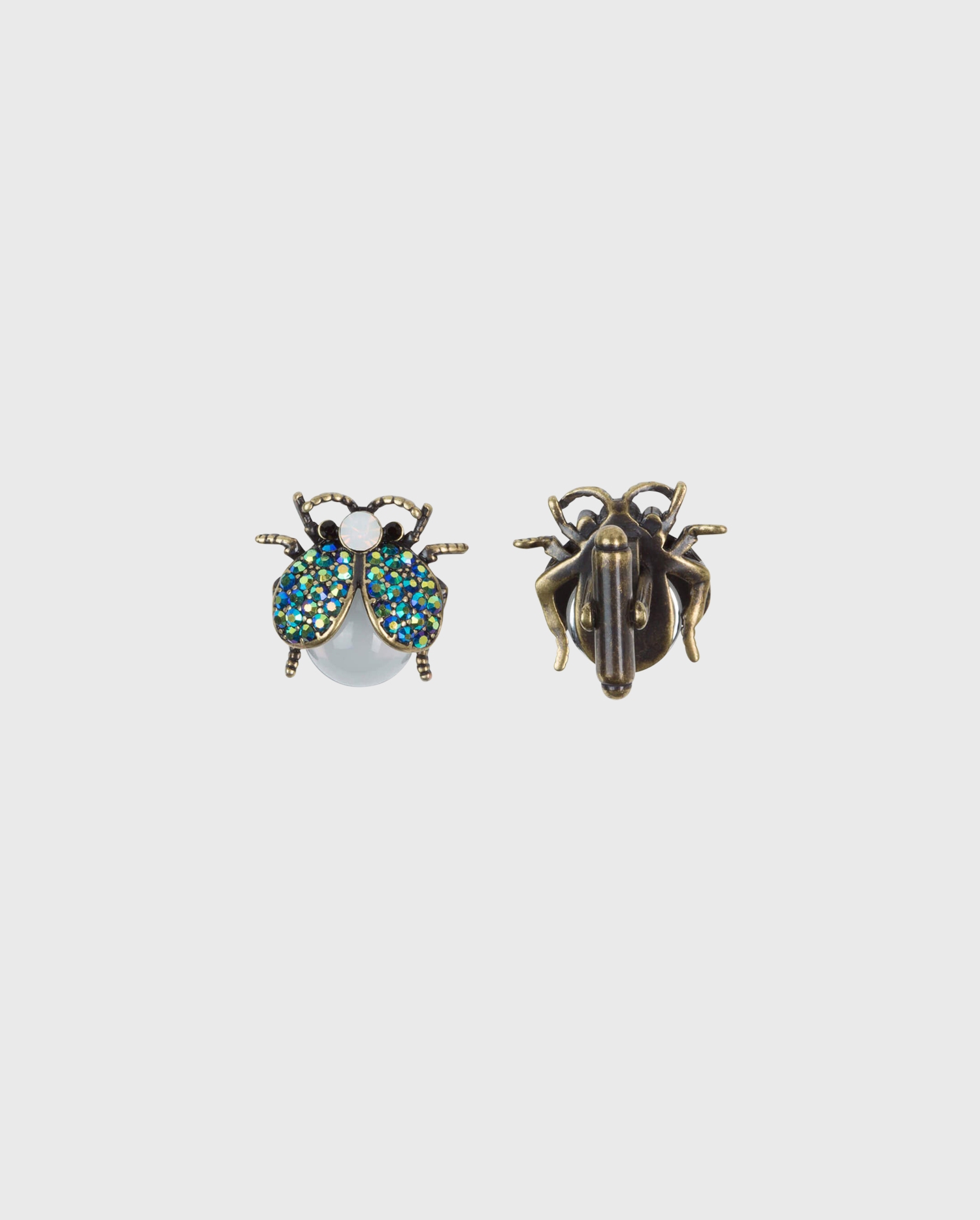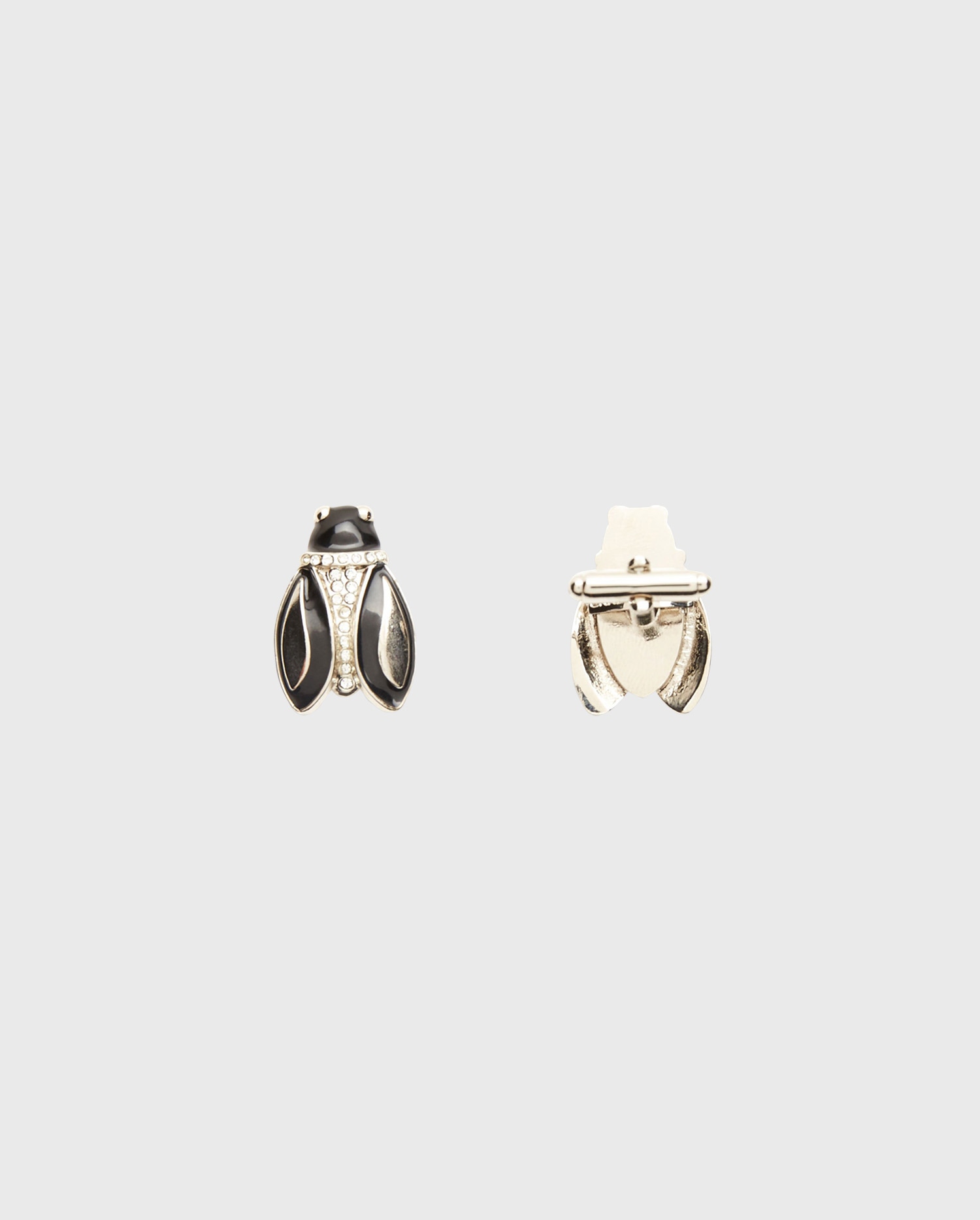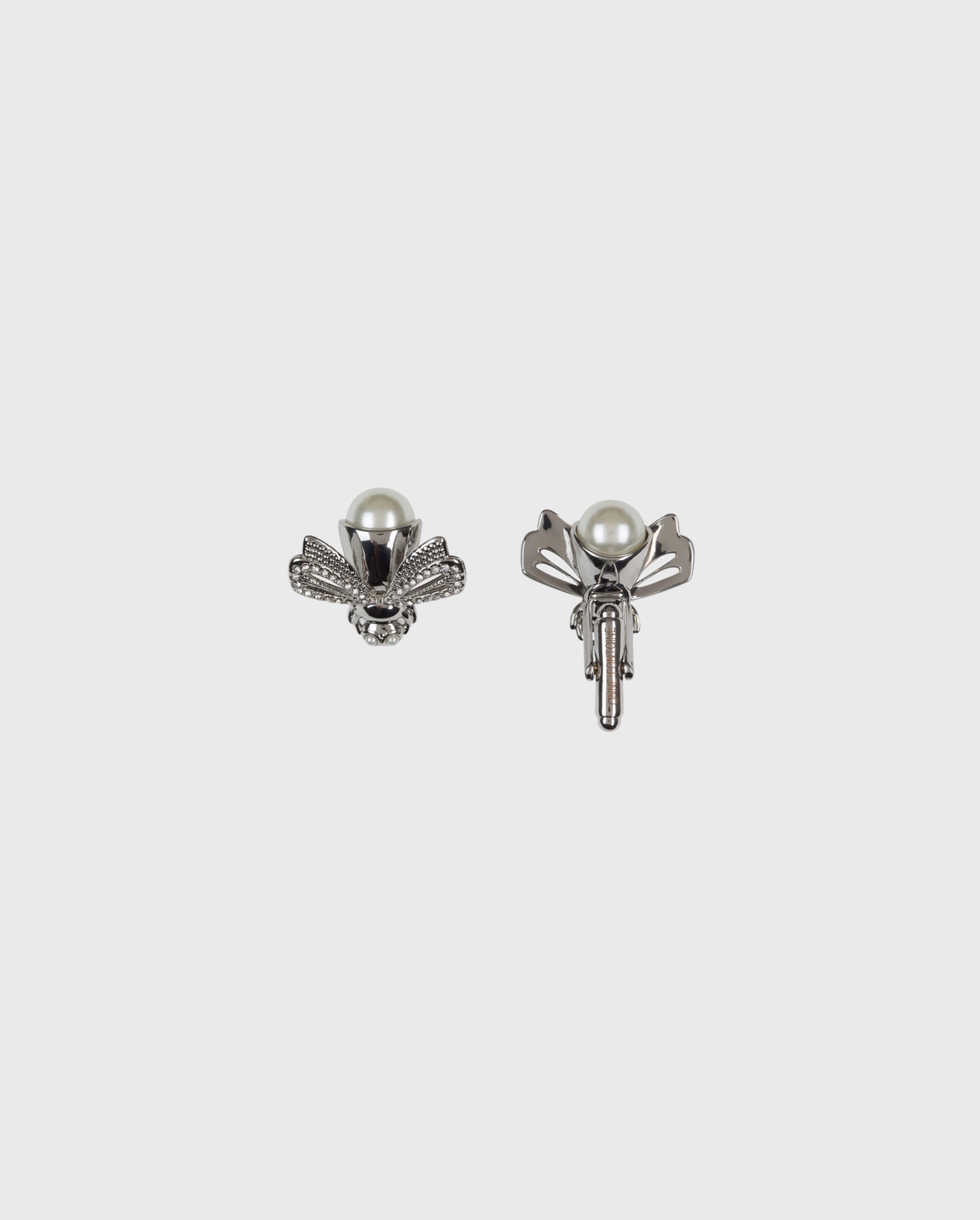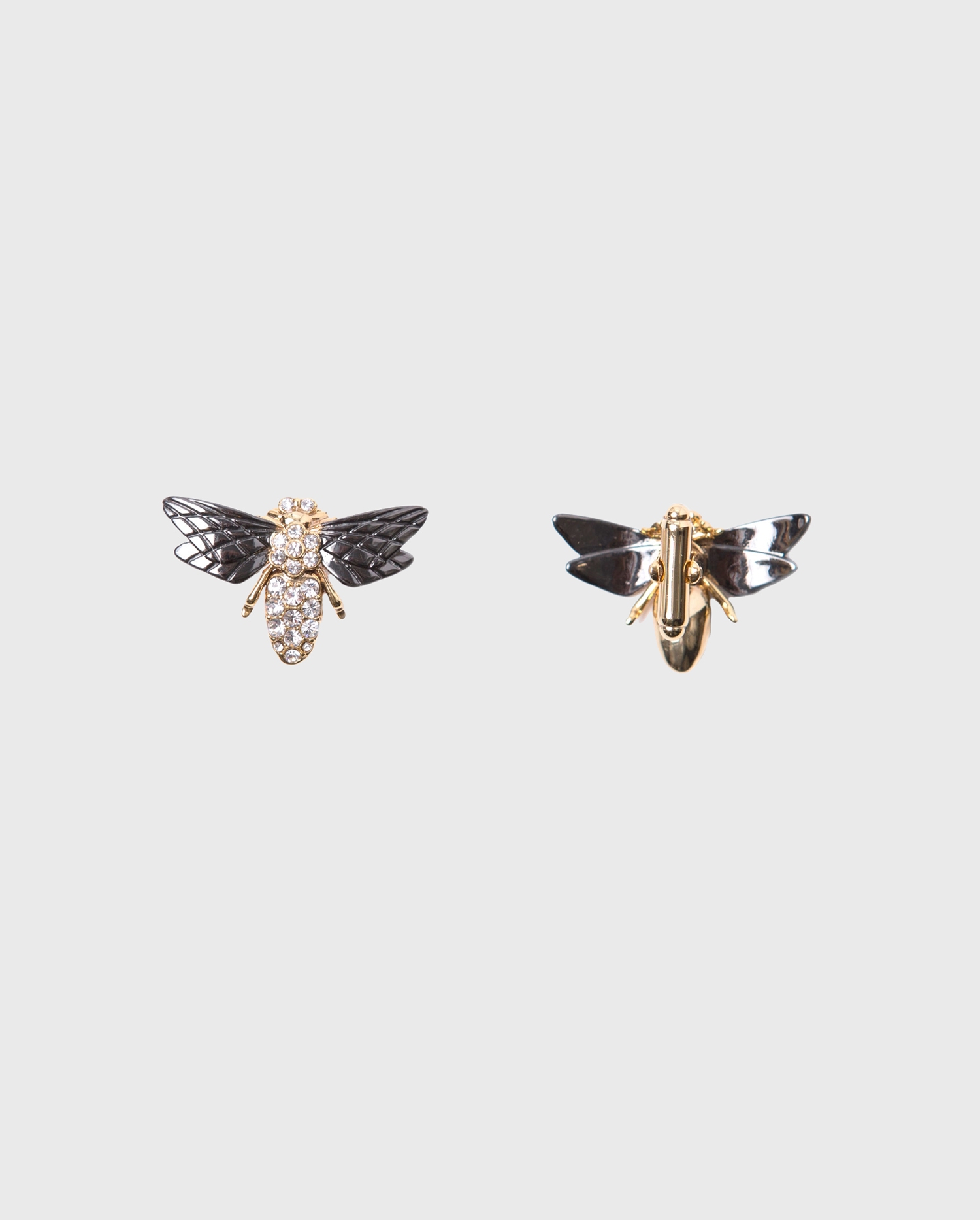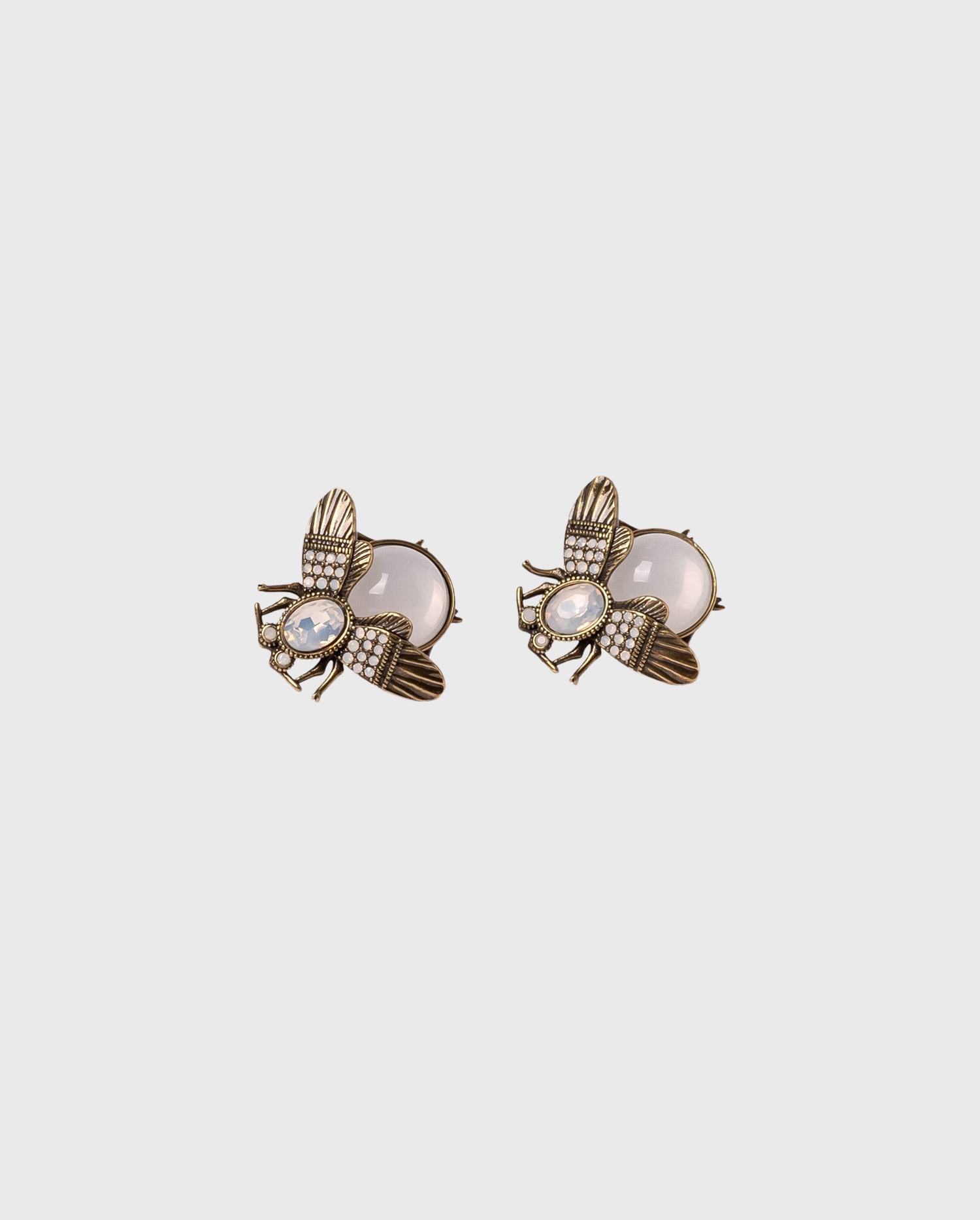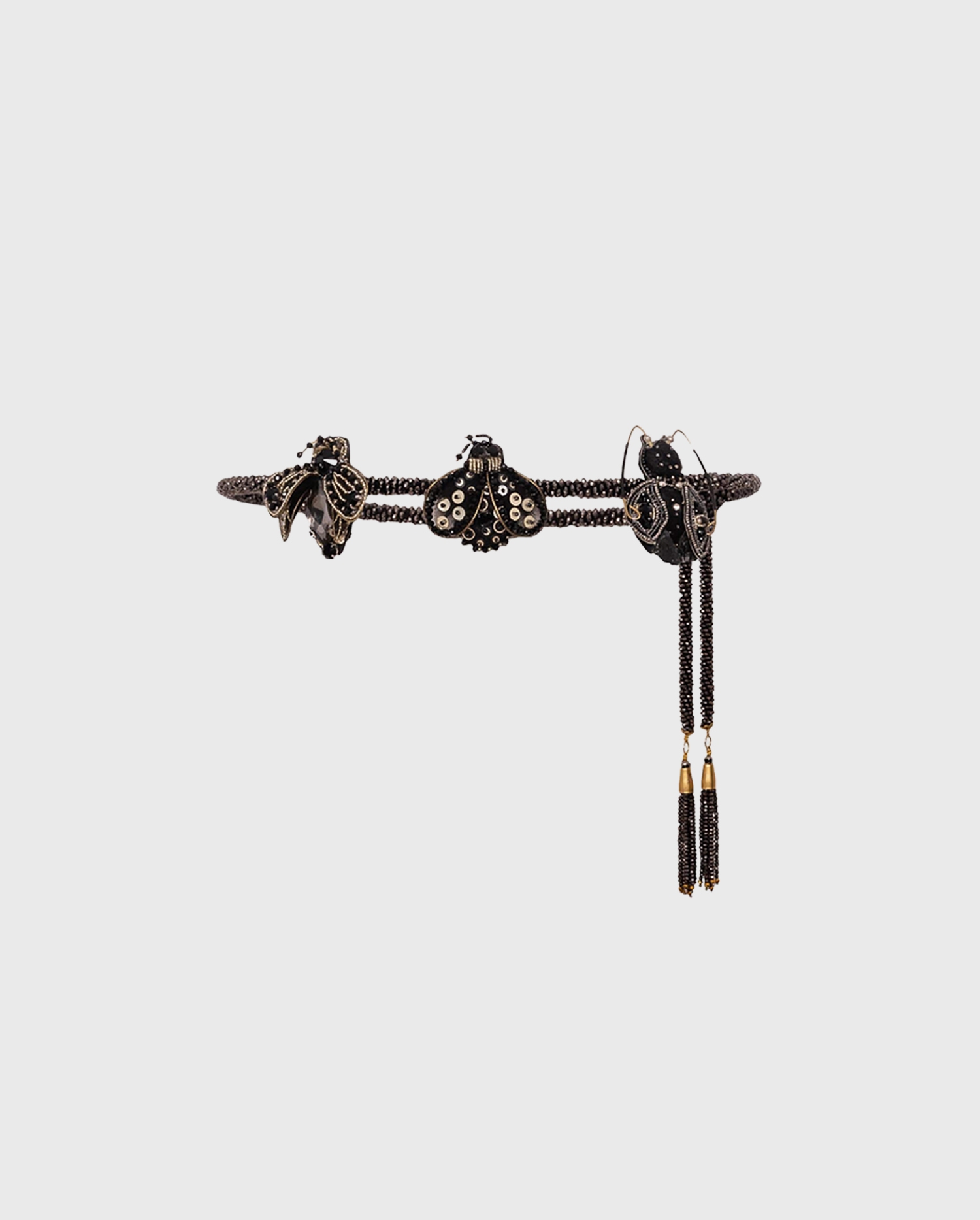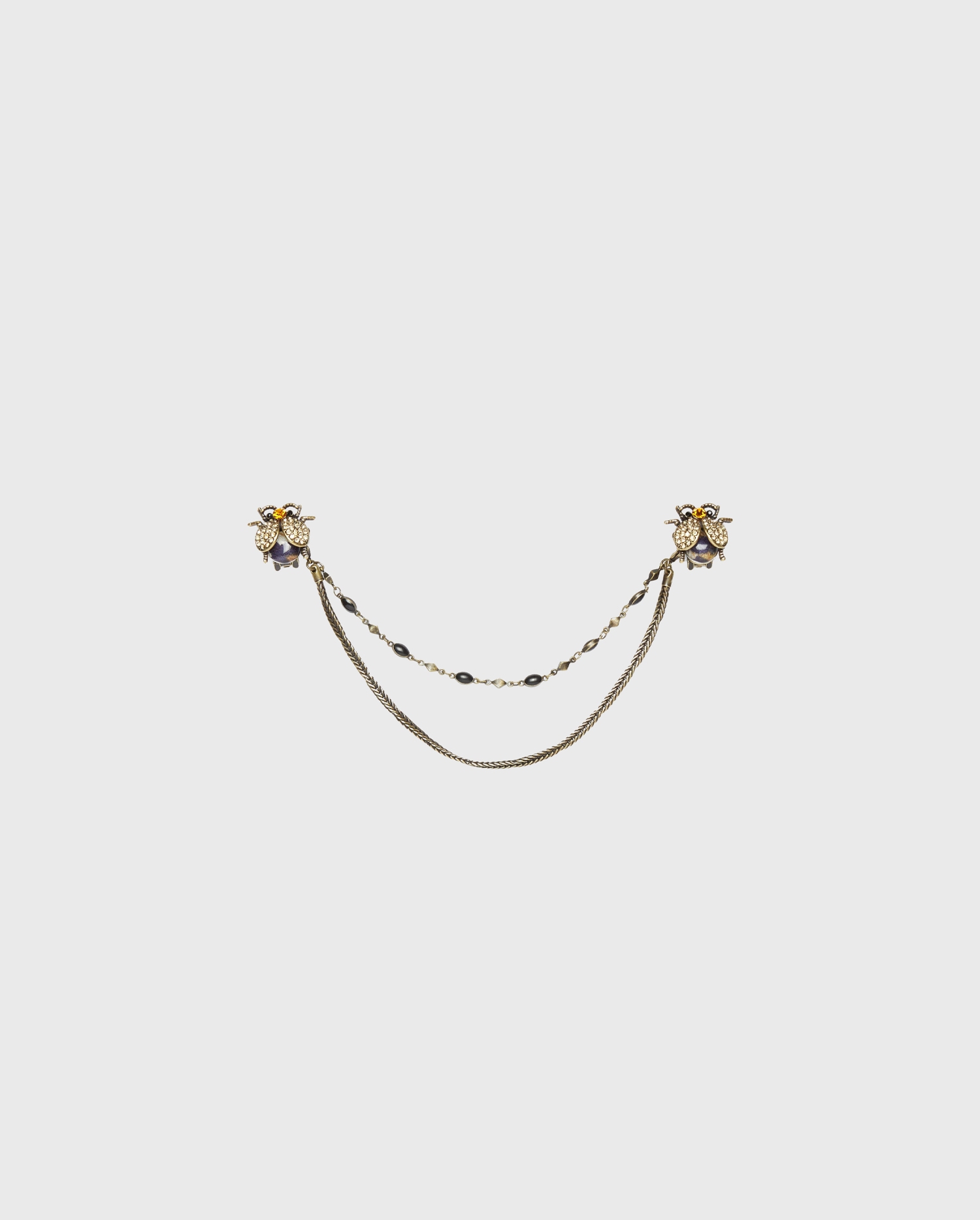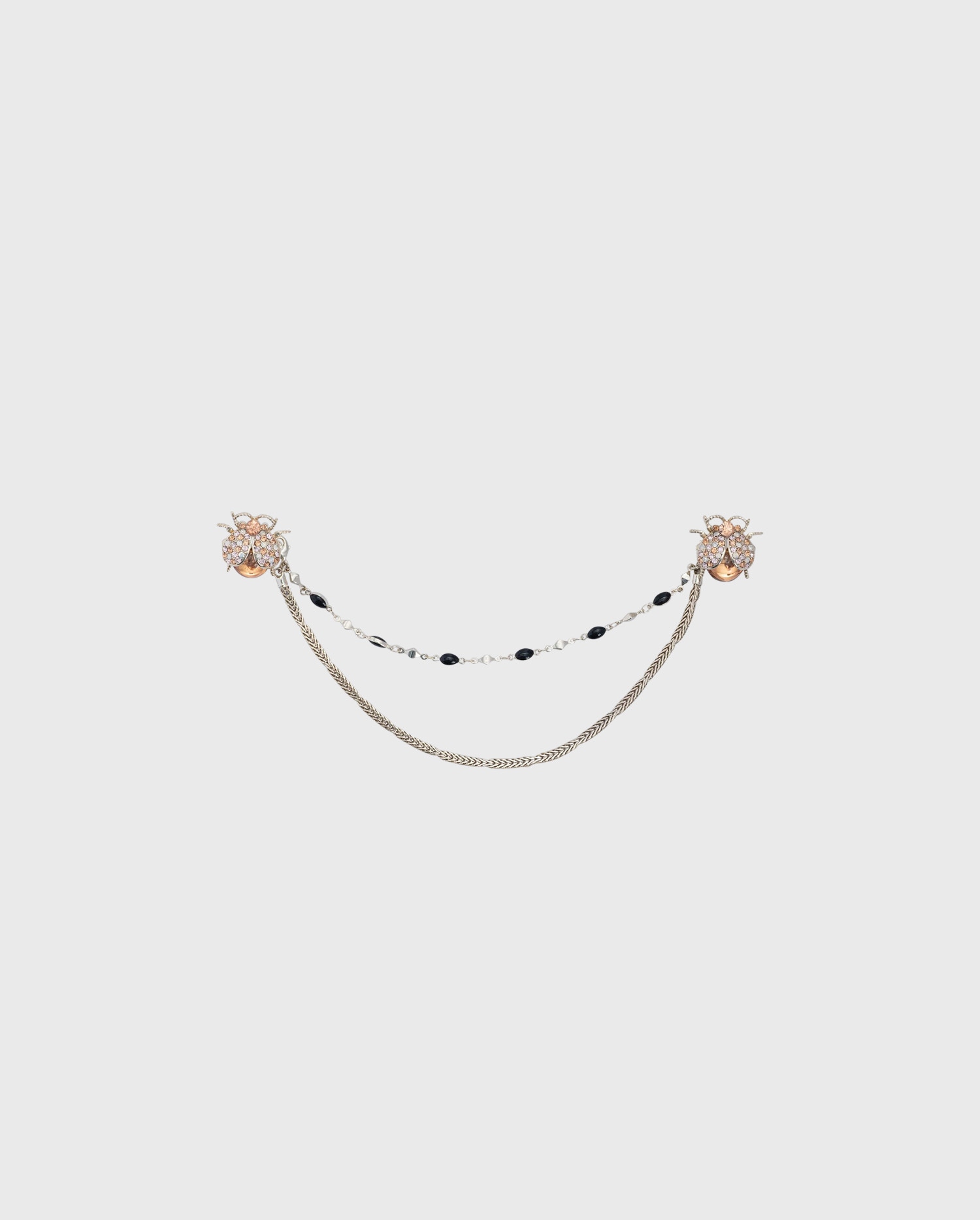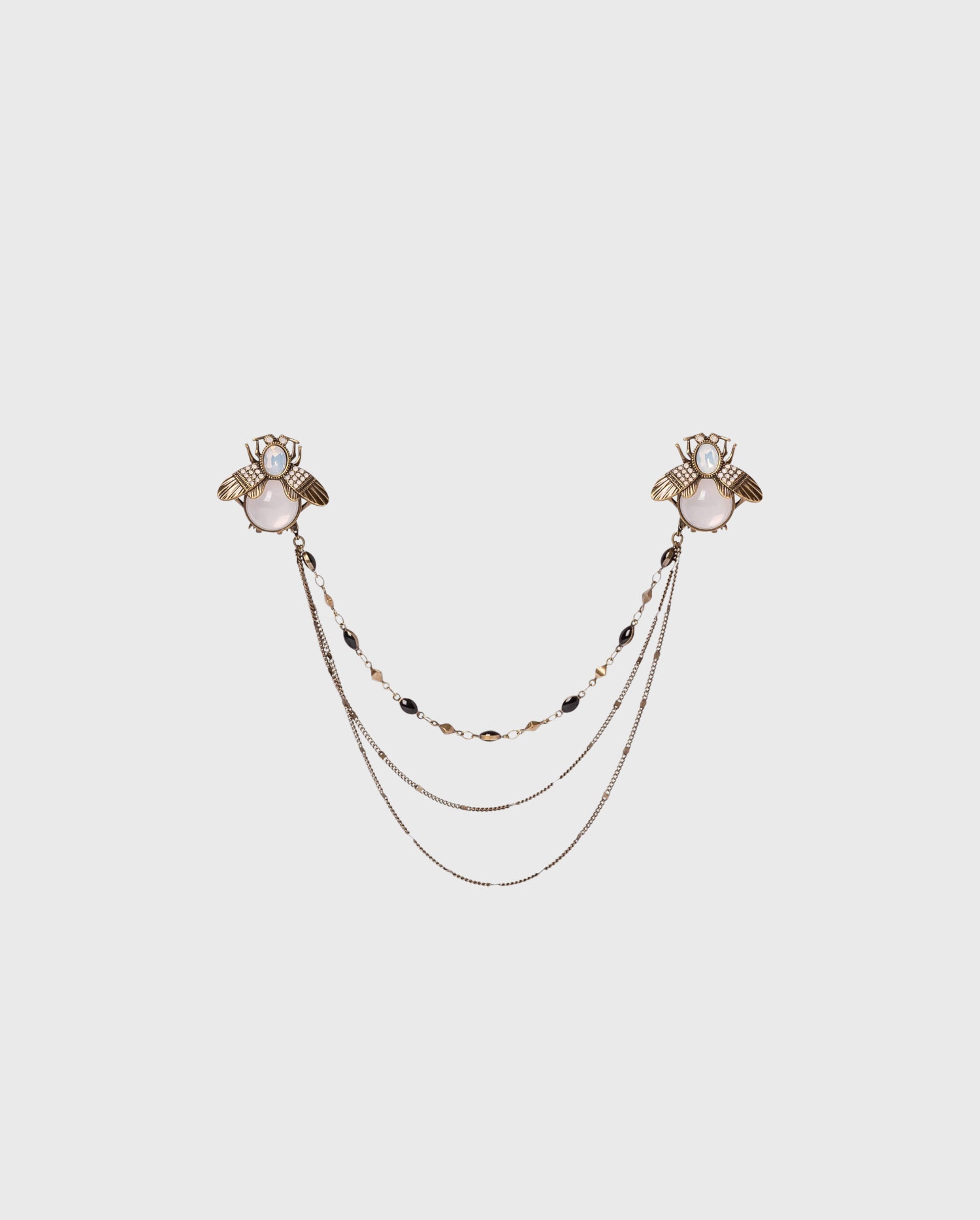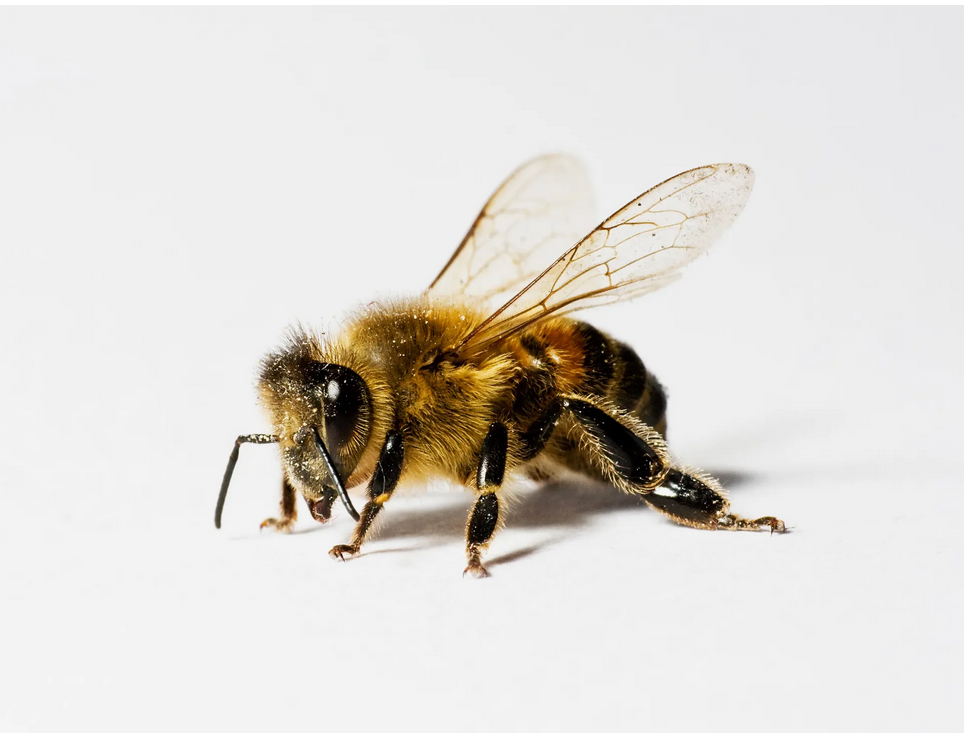

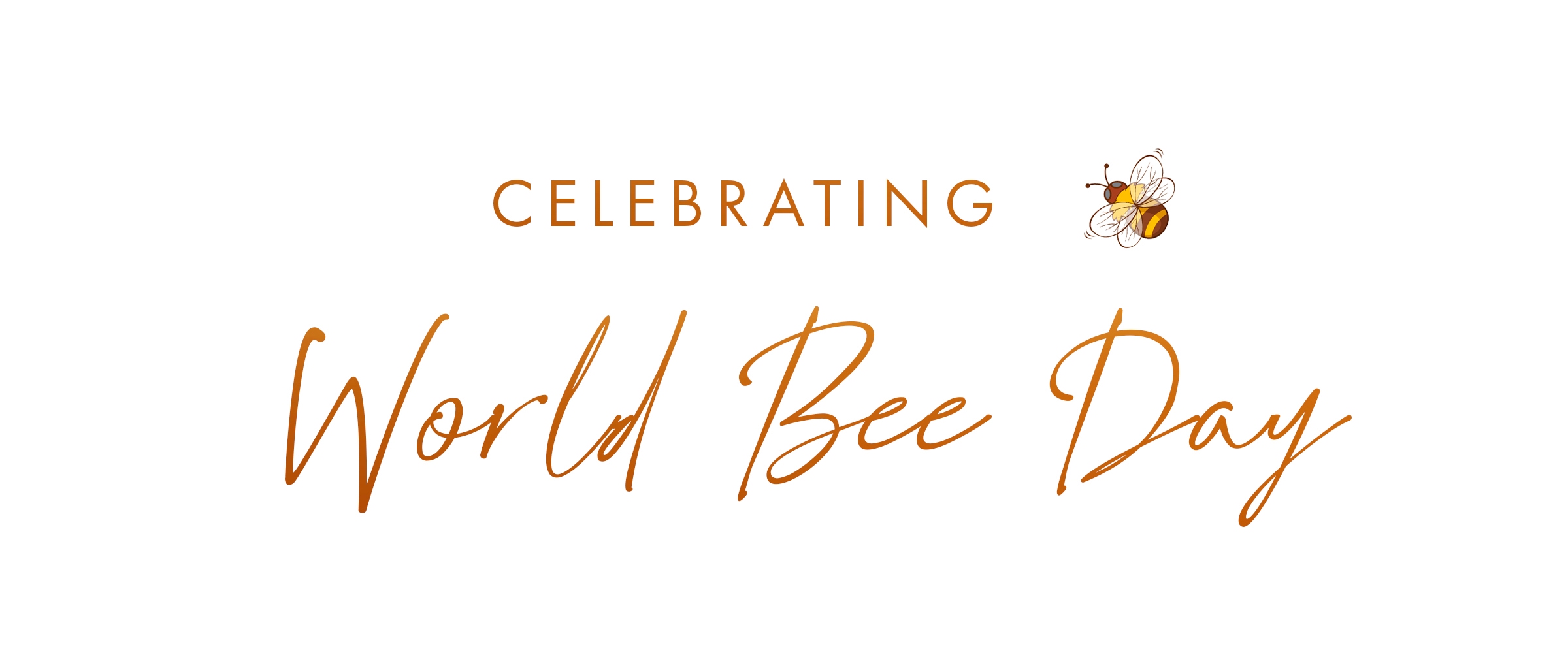

May 20th is World Bee Day.
Designer Anne Fontaine wants to take a moment to recognize this very important day to highlight the importance of the bee.
Small in stature but big in importance - bees play a very important role in our eco system.
We rely on them for a healthy environment and economy.
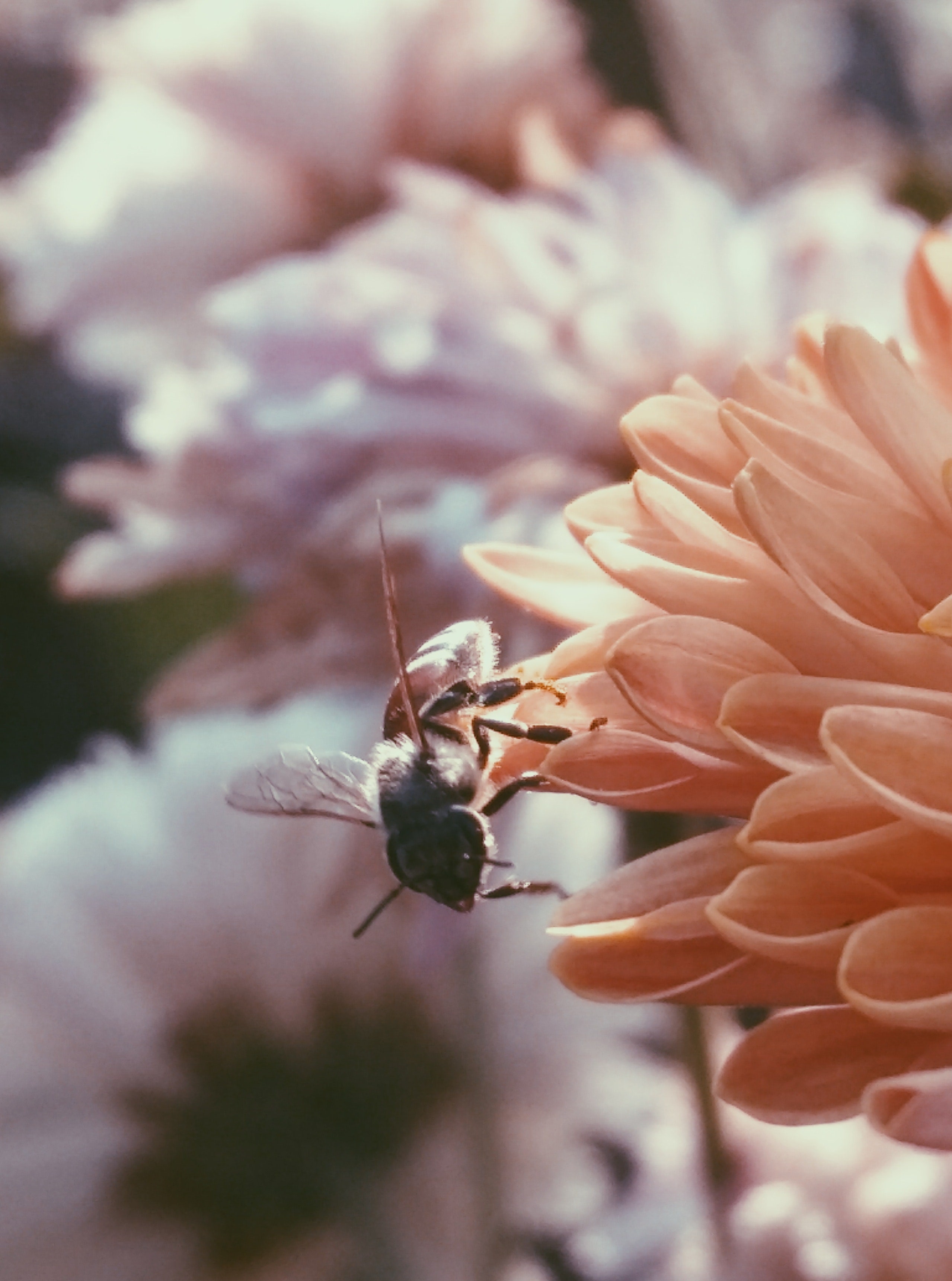

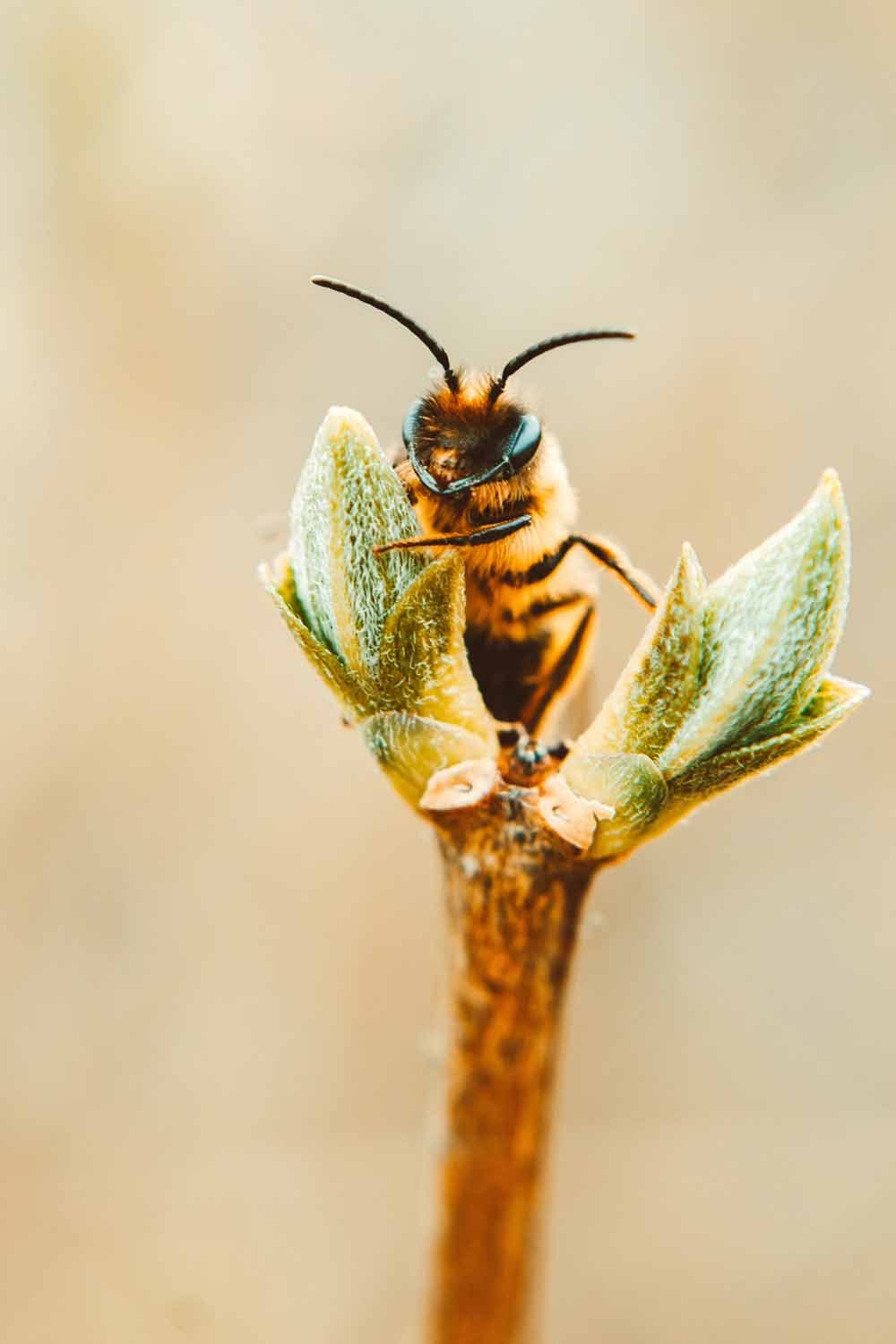

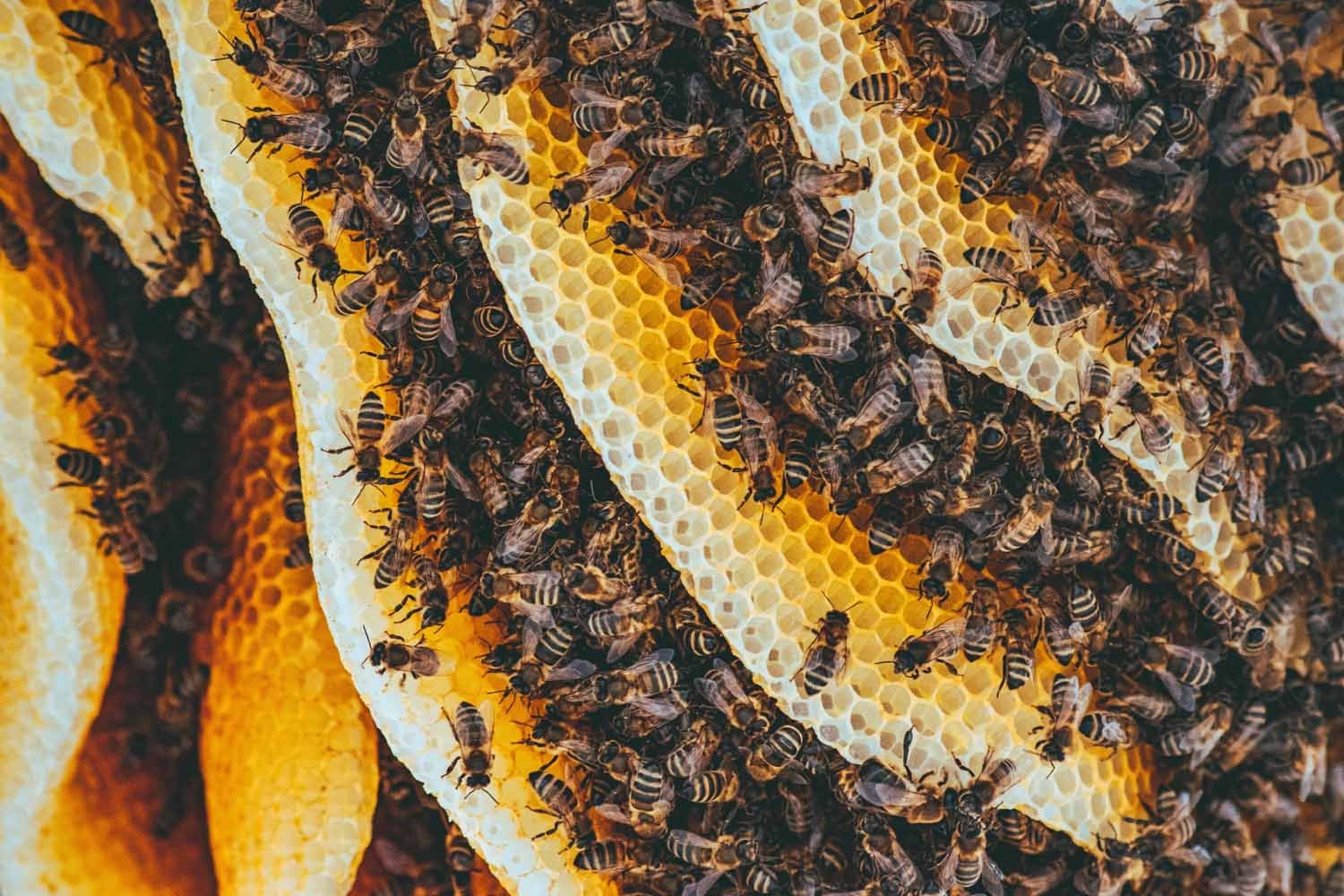

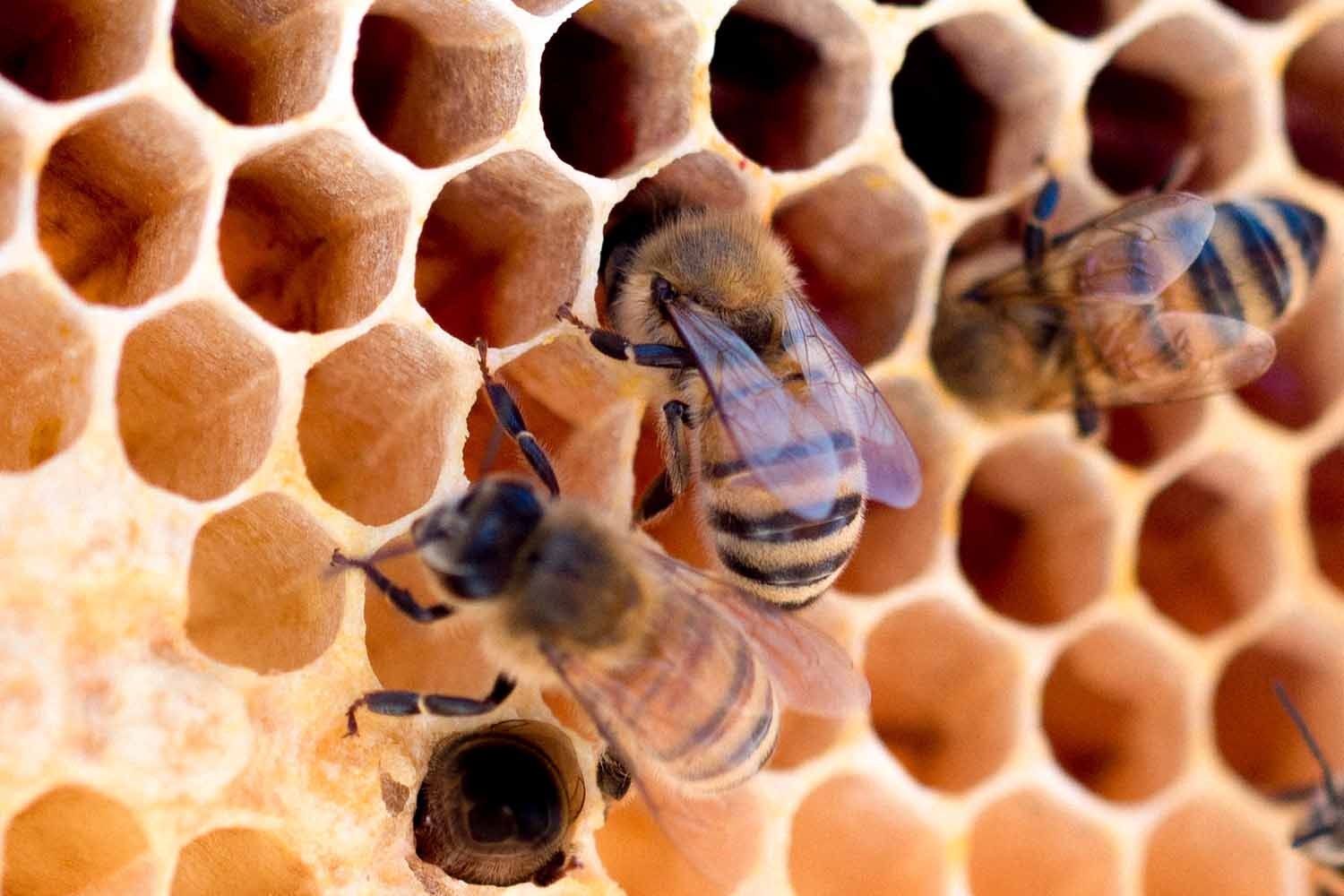

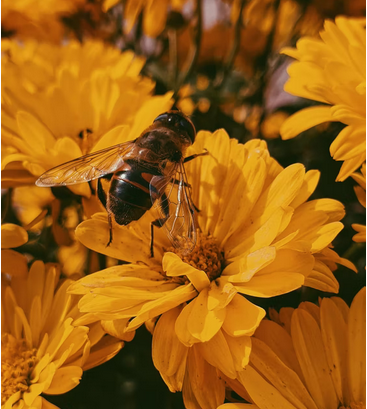

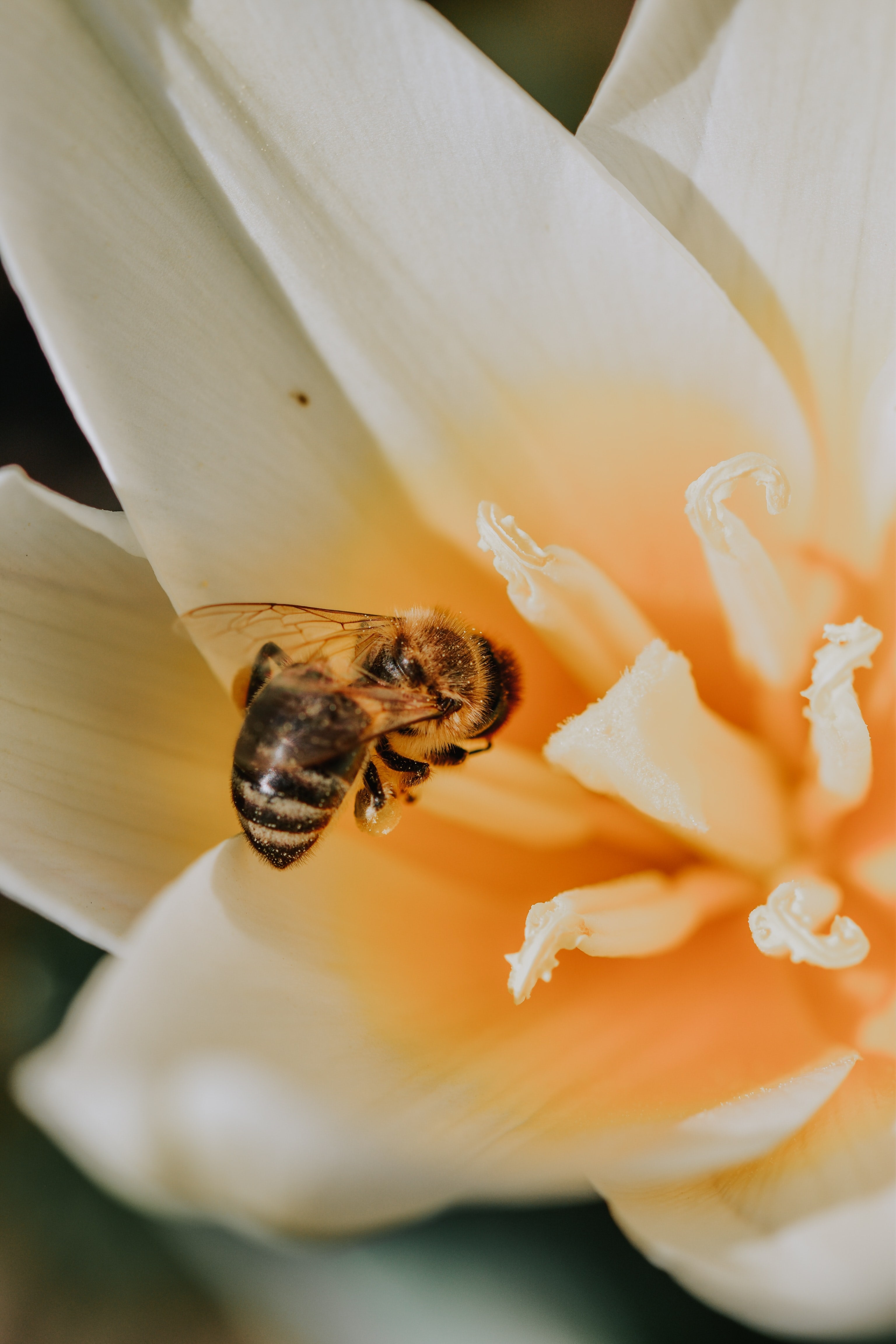

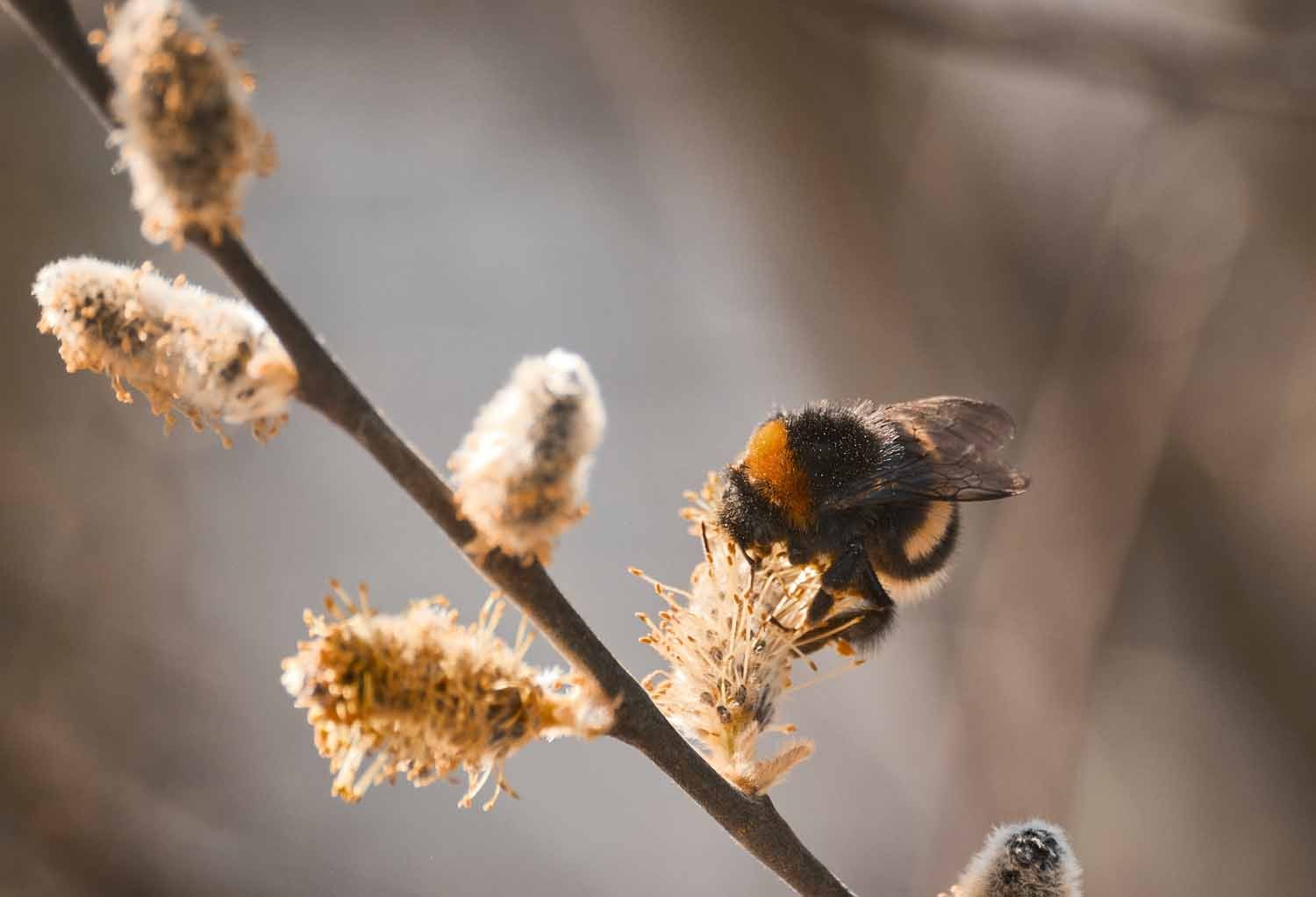

The greatest contribution of bees and other pollinators is the pollination of nearly three quarters of the plants that produce 90% of the world’s food. A third of the world’s food production depends on bees, i.e. every third spoonful of food depends on pollination.
In recent years, bees around the world have suffered on a scale never seen before.
Thousands of full-strength colonies have collapsed, often with adult bees leaving their hives never to return - a phenomenon which has been termed as Colony Collapse Disorder or CCD for short. CCD has been attributed to the use of pesticides and insecticides such as neonicotinoids, an influx of the Varroa Mite, the spread of diseases and viruses, poor nutrition and stress factors and habitat loss.
Each of these issue are interconnected and are a result of how people have been treated the environment and the consumer choices we make.
THE CONTRIBUTION OF BEES
Crops
Honeybees essentially flit from flower to flower-spreading pollen from one plant to another. Some of the pollen collects onto the furry legs of the bee and will be later given to the young bees for sustenance. Bees use pollen for food, which is converted into energy, allowing the bee to fly for extended periods in order to gather and distribute the pollen. Due to the bee's attentions, crops thrive and produce fruit, vegetables, flowers, nuts, seeds, beans, and much more.
The Environment
Simply put, without bees, many plants would have no way to reproduce and die out. Bees play an important role in the life cycle of most plants and flowers. Interestingly, there are dozens of species of solitary bees that have evolved to pollinate a single type of plant, and coexisting in unison with the lifespan of that plant. Without that specific species' devotion to that plant, the plant would cease to reproduce and become extinct. Unfortunately, a large percentage of bee species have died off each year due to a variety of factors, including disease, parasites, pesticides, and the destruction of their main food sources. As more species die, we will lose crops and, eventually, certain plants will become extinct without bees to do their part. The fate of bees can also indicate when environmental dangers exist. Mass bee deaths have been past indications of the use of toxic chemicals, or severe climate changes, giving scientists further proof of how fragile our environment really is.
Honey
Honeybees have the distinction of being the only insect that produces a food consumed by humans. Honey is natural and has a long list of health benefits due to its antibacterial properties. Produced without chemicals and human interference, honey is a healthier alternative to the high fructose corn syrup that has invaded sweets and processed foods in recent years. Honey can be found in many foods and drinks, but there are also hundreds of health and beauty products with honey as a main ingredient. Centuries ago, we began using honey for more than just nourishment; we began to understand that honey had healing properties. Honey has been used as a facial revitalizer for hundreds of years. It is believed to clear the skin and soften wrinkles.
Wax
Most people are familiar with beeswax candles, but beeswax has been used for other interesting purposes as well. Beeswax can be found as an ingredient in furniture wax, beauty products, lip balm, chewing gum, and the waxy coating on rounds of cheese. A secretion of the glands of worker honeybees, it is used to create the honeycombs that house honey. Humans have found so many uses for beeswax that it is a hot commodity in the world of trade and commerce.
Anti-Bacterial Components
It's important to point out that honey is not a cure-all, but it has certain benefits to fight off some illnesses, or to alleviate the symptoms of some ailments. Honey and beeswax contain a byproduct called propoils that is an anti-bacterial agent. This agent can help fight bacteria and infection, which is especially useful for treating wounds. Honey has also been found to soothe sore throats brought on by the common cold.
"This is my little house of the bees, called Meliponario. We named it Vaiana, which means zest of celestial beings in Guarani." - Anne Fontaine


Designer Anne Fontaine shows off her honey produced by the honey bees from her hive at her Normandy Farm.
HOW CAN YOU HELP THE BEES
Luckily, it’s not too late to help save the bees from extinction. There are lots of things you can do to help protect these important creatures - most of which can be done from the comfort of your own home.
Fill Your Outside Space With Bee-Friendly Flowers
One of the easiest ways to help out bees is by planting lots of bee-friendly flowers around your home. Bees favor a wide range of flowering plants, including foxglove, birds foot trefoil and red clover, which you can grow easily with our seedball bee mix. Simply scatter the seedballs in a location of your choice and watch them sprout!
Provide Shelter For Bees
Like most invertebrates, bees need shelter to nest and hibernate in. You can create your own shelter or buy a ready-made bee hotel – just hang it up in a sunny sheltered spot in your garden and watch bees filling the tubes during the spring and summer months.
Stop Using Pesticides
Pesticides are one of the key threats to bees, and so one way to help bees is to stop using them in your own garden. Some pests provide food for crucial pollinators, so leaving them to be controlled naturally is the best choice if you want to help save bees.
Help A Bee In Need
Often during the summer months you may spot a solitary bee sitting unmoving on the ground. Whilst it is easy to presume it might be dead or dying, chances are it is exhausted and in need of a quick pick-me-up. You can help a tired bee by mixing two tablespoons of white, granulated sugar with one tablespoon of water, placing it near the bee so it can help itself to this homemade energy drink.
DID YOU KNOW?
Designer ANNE FONTAINE’s commitment to biodiversity is seen throughout her collection.
Her love and appreciation for the environment and these creatures that inhabit our planet will remain forever precious to her and always play a vital role in the inspiration of her designs.
Read more about WORLD BEE DAY here

